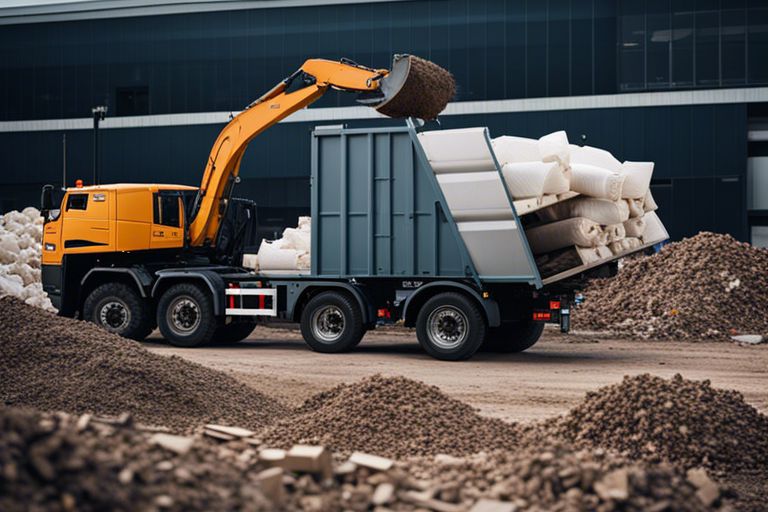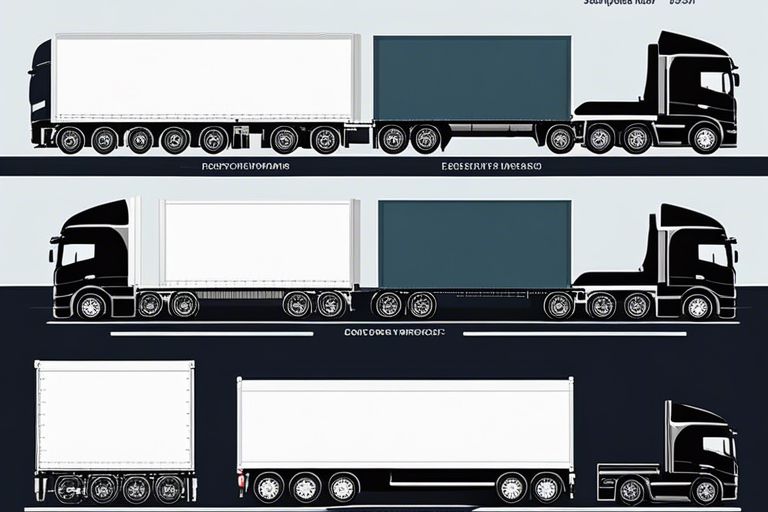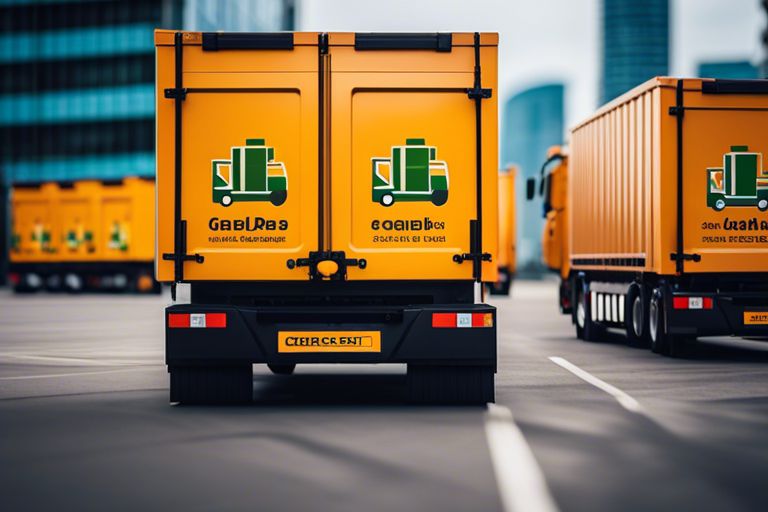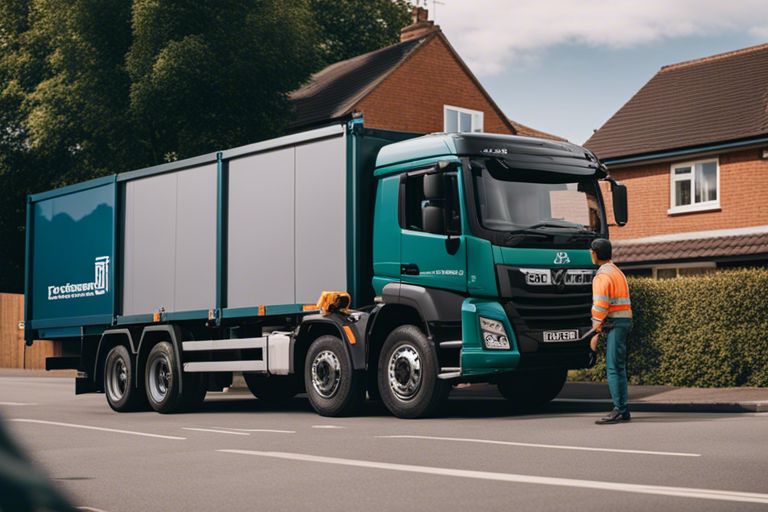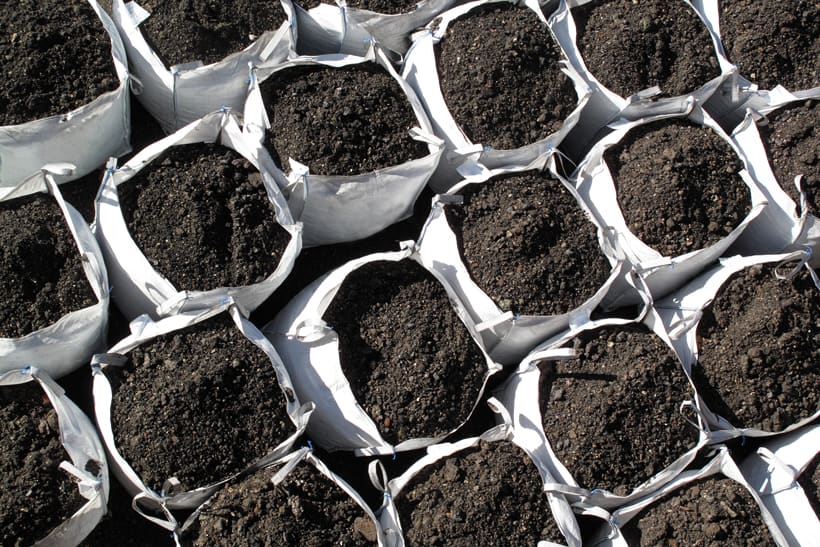Oftentimes, waste management is overlooked and taken for granted, leading to environmental hazards, health risks, and inefficiencies in disposal processes. However, waste segregation plays a crucial role in ensuring efficient and effective removal of waste. By categorising and separating waste into different groups such as recyclables, organic materials, and hazardous waste, it becomes easier to identify, handle and process different types of waste in the most suitable manner. This not only reduces the amount of waste that ends up in landfills but also minimises pollution, protects public health, and conserves natural resources. In this blog post, we will explore the importance of waste segregation and how it contributes to a more sustainable and cleaner environment.
Key Takeaways:
- Proper waste segregation is crucial for efficient removal as it allows for easier recycling and disposal of different waste streams.
- Segregating waste at the source reduces the amount of non-recyclable and hazardous waste, leading to cost savings and environmental benefits.
- An effective waste segregation system helps in the development of a circular economy by promoting resource recovery and minimising the burden on landfills.
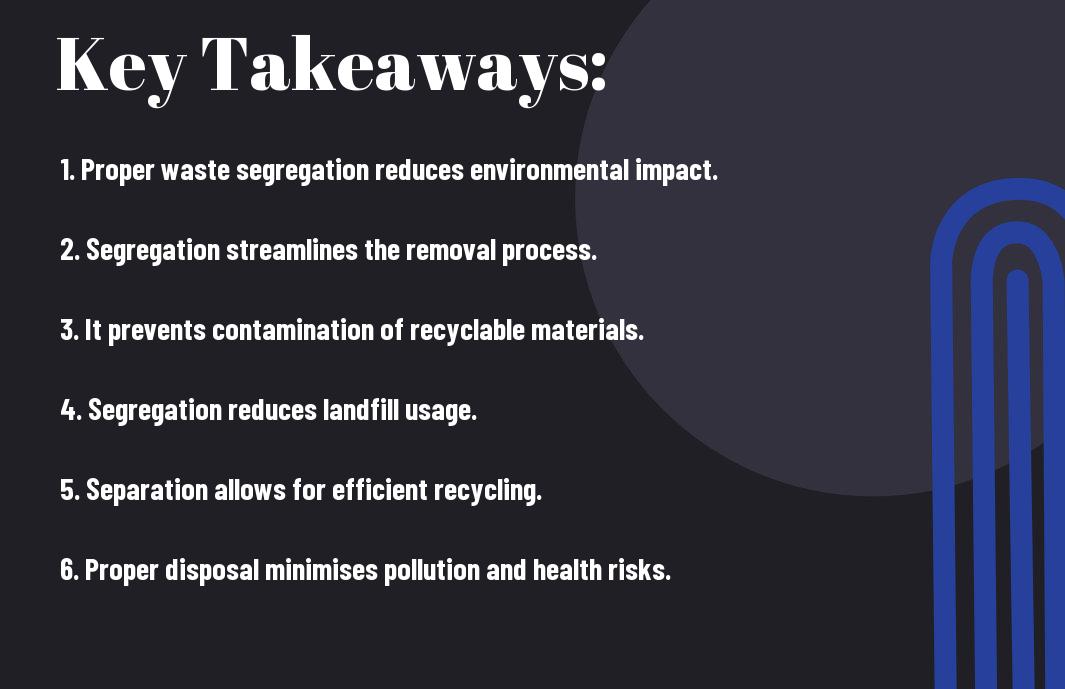
The Benefits of Waste Segregation
Waste segregation plays a crucial role in efficient waste removal and has a range of benefits for the environment, economy, and public health. It is essential to understand the impact of waste segregation and its importance in paving the way to a sustainable future. For more insight into the impact of waste segregation, you can read the article “The Impact of Waste Segregation: Paving the Way to a Sustainable Future” here.
Environmental Impact
Waste segregation significantly reduces the amount of waste sent to landfills or incinerators, thereby minimising the environmental footprint of waste disposal. This helps in conserving natural resources and reducing air, soil, and water pollution. Proper waste segregation is crucial for mitigating the environmental impact of waste disposal and preserving the planet for future generations.
Economic Advantages
By segregating waste at the source, valuable materials can be recovered and recycled, reducing the overall cost of waste management. This also creates economic opportunities in the form of job creation and resource recovery. Implementing effective waste segregation practices can lead to significant cost savings and long-term economic benefits.
Additionally, reducing the amount of waste sent to landfills can decrease the financial burden on local governments and taxpayers for waste management and disposal. Waste segregation is not only environmentally beneficial but also economically advantageous.
Social and Health Benefits
Proper waste segregation promotes a cleaner and healthier living environment for communities by reducing exposure to hazardous materials and minimising the risk of contamination. It also fosters a sense of environmental responsibility and community engagement. Improved waste segregation practices contribute to creating safer and healthier communities for all.
Furthermore, by diverting organic waste from landfills, the generation of greenhouse gases, such as methane, is reduced, leading to improved air quality and overall public health. Waste segregation directly impacts public health and well-being, making it a crucial aspect of sustainable waste management.
Waste Segregation Techniques
Waste segregation is a crucial step in the efficient removal and management of waste. By separating different types of waste at the source, a more streamlined and sustainable disposal process can be achieved.
At-Source Segregation
At-source segregation involves separating different types of waste as soon as they are generated. This can be done at the household level, in commercial establishments, and at industrial sites. By implementing proper waste segregation practices at the point of generation, the amount of mixed waste is significantly reduced. This method ensures that each type of waste can be treated and disposed of appropriately, leading to a more efficient waste management process.
Segregation Based on Waste Type
Another effective technique for waste segregation is based on the type of waste. This involves categorising waste into specific groups such as biodegradable, recyclable, hazardous, and non-recyclable. Each category requires different handling and disposal methods, and segregating waste based on these types ensures that each category can be managed effectively.
Segregation based on waste type is essential for preventing contamination, reducing environmental impact, and promoting recycling and proper disposal of hazardous waste.
Implementation Strategies
Policy and Regulation
Effective waste segregation requires strong policy and regulation to mandate the proper disposal of different types of waste. Government authorities need to enforce strict guidelines and penalties to ensure that individuals and businesses comply with waste segregation regulations. This can include implementing fines for non-compliance and providing incentives for those who demonstrate commitment to efficient waste management. By establishing and enforcing these policies, we can create a framework for sustainable waste removal practices across all sectors.
Community Involvement and Education
Community involvement and education play a crucial role in waste segregation. Engaging with local communities to raise awareness about the importance of segregating waste at the source can lead to a significant reduction in the amount of waste sent to landfills. Education programmes should focus on the environmental and economic benefits of waste segregation, as well as provide practical guidance on how to segregate and dispose of different types of waste. Additionally, encouraging community participation in waste management initiatives can foster a sense of responsibility and ownership among residents, leading to more effective waste segregation practices.
Community involvement and education are essential components of a successful waste segregation strategy. By empowering individuals with the knowledge and tools to participate in waste management, we can create a lasting impact on our environment and society as a whole. Engagement from local communities is key to driving positive change and ensuring the success of waste segregation efforts.

Case Studies
Waste segregation has proven to be a crucial aspect of efficient waste removal in various case studies from around the world. The following are some noteworthy examples that highlight the importance and impact of waste segregation:
- Case Study 1: In a city in the UK, implementing a comprehensive waste segregation programme led to a 30% reduction in overall waste sent to landfills.
- Case Study 2: A recycling facility in Australia saw a 50% increase in the amount of recyclable materials collected after introducing proper waste segregation measures.
- Case Study 3: A study in Japan revealed that efficient waste segregation at source resulted in a significant decrease in contamination of recyclable materials, improving the overall recycling process.
Successful Waste Segregation Models
Several successful waste segregation models have emerged in recent years, demonstrating the effectiveness of proper waste management practices. These models have not only led to significant reductions in waste sent to landfills but have also increased recycling rates substantially. By implementing strict segregation guidelines and providing adequate education and resources to the community, these models have proven that effective waste segregation is achievable and beneficial for the environment.
Lessons Learned and Best Practices
Through the case studies and successful models, it is evident that consistent and clear communication is key to the success of waste segregation initiatives. Educating the community about the benefits of waste segregation and providing convenient and accessible facilities for proper waste disposal are essential factors. Best practices include regular monitoring and evaluation of segregation programmes to ensure compliance and effectiveness.
Understanding the challenges and successes of waste segregation through these case studies and models allows us to implement informed strategies in our own communities, aiming for similar positive outcomes.

The Importance of Waste Segregation for Efficient Removal
In conclusion, waste segregation plays a crucial role in facilitating efficient waste removal. By categorising and separating different types of waste at the source, we not only make it easier for waste management professionals to collect and process waste, but also contribute to the reduction of environmental pollution and the promotion of recycling. Moreover, efficient waste removal minimises the risk of health hazards and encourages the conservation of natural resources. Therefore, it is imperative for individuals and communities to understand the significance of waste segregation and actively participate in implementing proper waste management practices. Ultimately, by embracing waste segregation as a fundamental aspect of our daily lives, we can make a positive impact on the environment and work towards a cleaner, healthier future.
FAQ
Q: Why is waste segregation important for efficient removal?
A: Waste segregation is important because it allows for the separation of different types of waste, making it easier and more efficient to recycle, reuse, and dispose of waste in a responsible manner.
Q: What are the benefits of waste segregation?
A: The benefits of waste segregation include reduced environmental impact, cost savings through efficient waste management, and the promotion of sustainable practices.
Q: How does waste segregation contribute to environmental conservation?
A: Waste segregation helps to prevent contamination of natural resources, reduces the need for landfill space, and promotes the conservation of raw materials through recycling and reuse.
Q: What are the common methods of waste segregation?
A: Common methods of waste segregation include separating waste into categories such as recyclables, organic waste, hazardous waste, and general waste. This can be done through colour-coded bins, designated collection points, and proper labelling.
Q: How can businesses and households implement efficient waste segregation practices?
A: Businesses and households can implement efficient waste segregation practices by providing clear instruction and education, using appropriate waste disposal containers, and regularly monitoring and reviewing waste segregation processes to ensure compliance and effectiveness.


